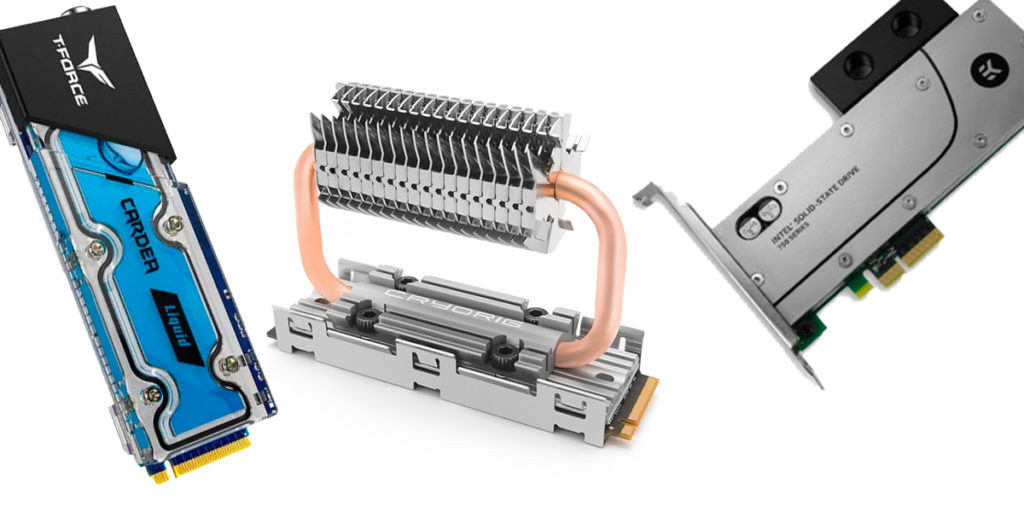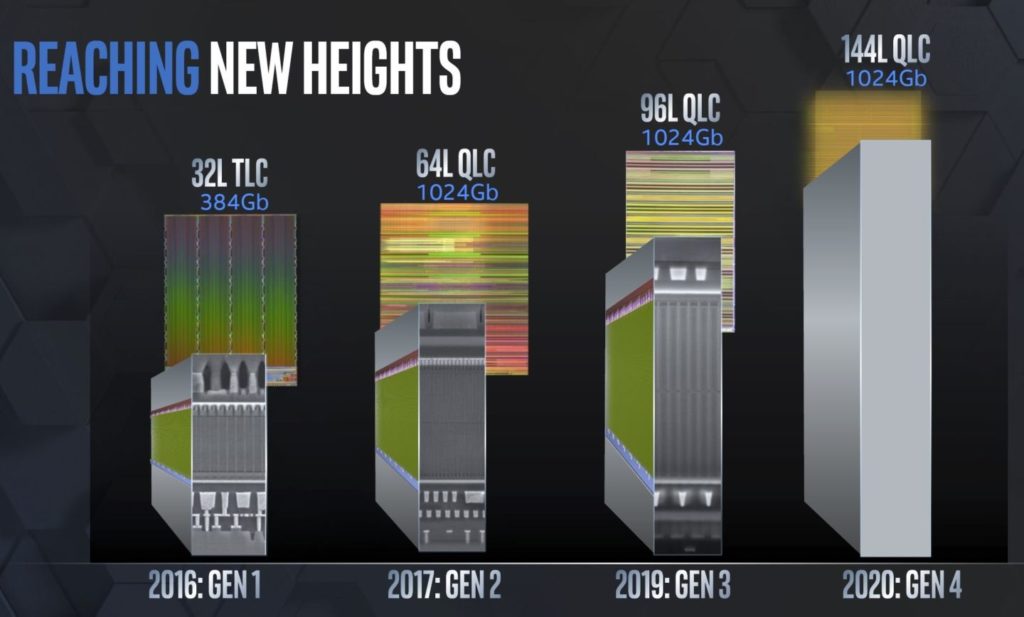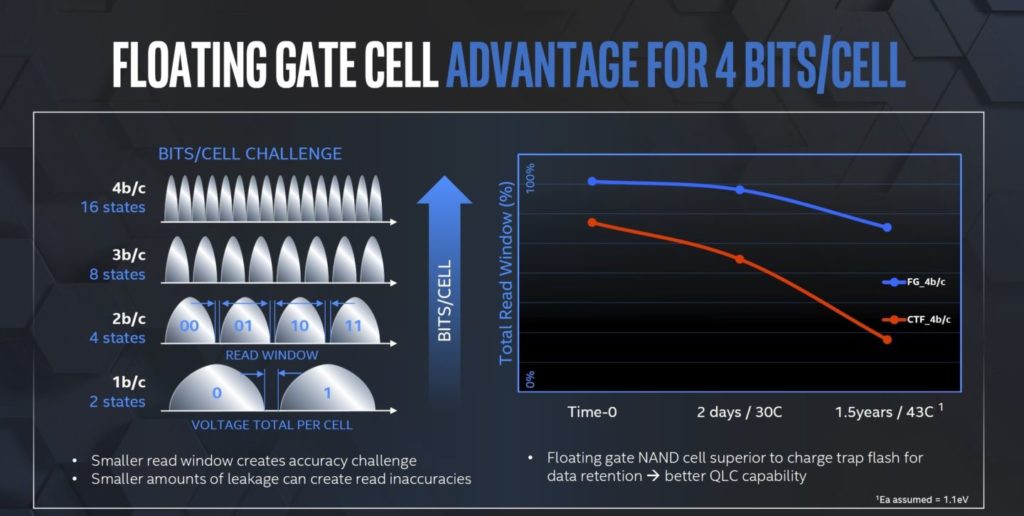
SSDs Are Going To Become Cheaper And Bigger
Few days back, Intel announced it is joining Toshiba in the PLC ( Penta Level Cell, meaning 5 bits stored per individual NAND cell ) club. Intel has not yet commercialised the technology, so you can’t go and buy a PLC SSD yet but we can expect the technology will lead eventually to higher-capacity and cheaper solid state drives.
For understanding how and why this works, we need to go over a little bit of SSD design history. The most basic features of a solid state disk is how many bits can be stored in each individual NAND cell. If you look at simplest and most robust design is SLC Single Layer Cell in which each floating gate NAND cell is either charged or not, representing a 1 or a 0. We can write SLC flash at very high speed and typically survives several times more write cycles than more complex designs can. (Endurance levels are specified per drive, but National Instruments uses 100K, 20K, and 3K as sample program/erase cycle endurance levels for SLC, eMLC, and MLC drives here.)
Even tho SLC flash is high performance, high endurance, and high reliability, it’s also extremely expensive to manufacture. SSDs never came to the consumer market until MLC Multi Layer Cell flash became widely available. Automatically, the storage industry being what it is, they confused things from here. These are the industry terms for the various NAND storage levels:
- SLC Single Layer Cell. One bit stored per cell. Normally only found in small cache layers, or extremely high-performance enterprise SSDs.
- MLC Multi Layer Cell. If we see the real world, this refers specifically to two bits per cell. For EG include early consumer drives such as Intel X-25M and modern high-performance drives such as Samsung 860 Pro.
- eMLC enterprise Multi Layer Cell. It is, effectively, just MLC with write speeds throttled in order to reduce error rates. Still only two bits stored per cell.
- TLC Triple Layer Cell. Three bits stored per cell. Now a days consumer drives, such as Samsung 860 EVO and Western Digital Blue, are TLC drives.
- QLC Quadruple Layer Cell. Four bits stored per cell. We can see them in few high capacity, low cost consumer SSDs such as Samsung’s 860 QVO and Intel’s 660P.
- PLC Penta Layer Cell, As it is an acronym for “quintuple” would have collided with 4-bit QLC. Five bits stored per cell. Right now it is new technology that Intel and Toshiba have debuted this quarter.
Intel also separates itself from competitors by sticking with the floating gate cell design used in early SLC devices, instead of the less expensive charge trap design the rest of the industry has shifted. We are not sure to casual researchers which technology is actually better from a technical perspective, but Intel argues that the floating gates can be manufactured at a higher density, meaning it will pack more cells into the same physical area.


2 
3 
4
Sadly, while PLC SSDs will likely be bigger and cheaper, they’ll probably also be slower. Latest SSDs mostly use TLC storage with a small layer of SLC write cache. But if we don’t write too much data too fast, your SSD writes will seem as blazingly fast as your reads for example, Samsung’s consumer drives are rated for up to 520MB/sec. The only as long as you keep inside the relatively small SLC cache layer; once you’ve filled that and must write directly to the main media in real time, things slow down enormously.
Samsung usually makes widely available consumer and prosumer drives with MLC, TLC, and QLC cell densities, so it’s helpful to see their rated speeds to get some idea of how this plays out. But it becomes worth noting that these published specifications are for the drive as a whole, not for individual NAND cells. Bigger SSDs can use more parallelism and operate with higher throughput than smaller ones. We don’t have any Samsung QVO at a lower capacity than 1TB, presumably in part because it would have to be even slower.

Currently our team can’t tell you exactly how fast PLC media will or won’t be, but the progression we see here doesn’t make it look great. When the number of distinct voltage levels per cell that must be reliably detected increases, the time it takes to accurately and reliably read or write to those cells increases along with it. Now if you look at the reflected especially well in Samsung’s published specs for the three SSD models shown above: the Pro series drive doesn’t use an SLC cache, Because of this the maximum write speeds are consistent no matter how hard you push it. By contrast, the EVO and QVO fall off a cliff once you exhaust the cache.
When you see the sequential write speeds to QLC media already decreasing to or below that of conventional hard drives, PLC seems likely to be a niche player that will compete far more with NAS and datacenter drives than it does with laptop and desktop SSDs aimed at high performance. Sequential throughput isn’t everything, of course—and PLC media should still offer much higher IOPS in challenging random-access workloads than conventional disks can. But it’s probably not going to be a good solution in anything but truly massive-capacity drives, which can use higher parallelism (think “invisible RAID0”) to offset the individually slow characteristics of PLC cells.


